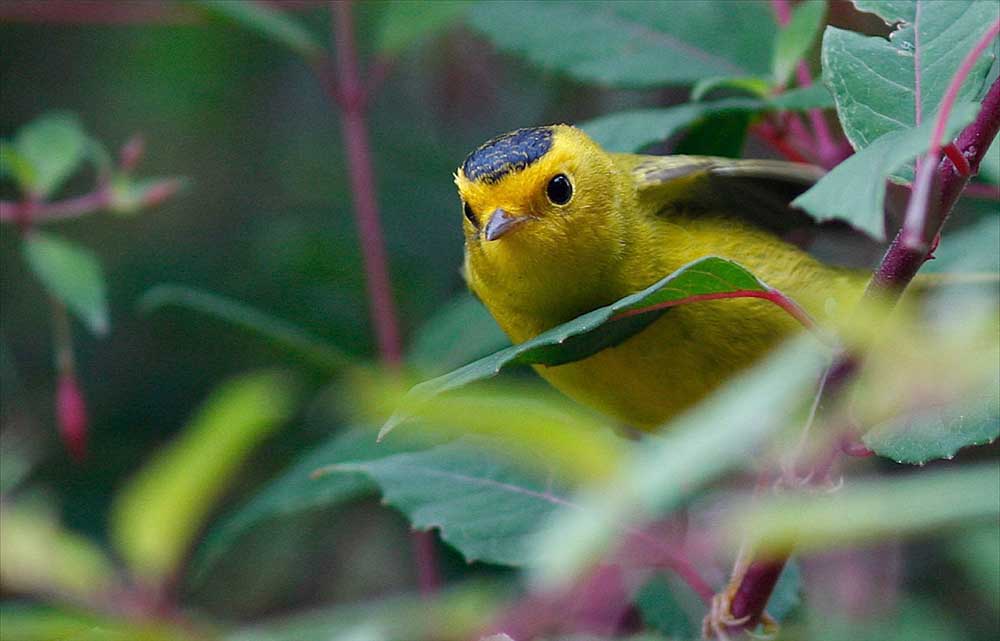Birdwatching Wilson’s warbler: The brightest of them all
Published 11:29 am Tuesday, September 22, 2015

- MADELINE KALBACH PHOTO
The Wilson’s warbler is a vivacious bird that often flits about in the willows in the West. It is small, greenish above with dark wings, a yellow face and a bright, yellow underside. The male has a black patch on its crown, but the female either lacks the black cap or has a faint cap.
Trending
The Pacific coast population of Wilson’s warblers is the brightest of their species in Canada. The Cornell Ornithology lab indicates that the Wilson’s warbler “trends toward brighter, richer coloration” as one goes from the eastern part of its range to the West. Our populations tend to wear the brightest yellow. Some birds may even have orangey foreheads and faces.
It feeds on insects and berries, and often forages by picking insects off leaves and twigs. It often hovers to pick off prey from foliage. It also behaves like a flycatcher at times by flying off a branch to catch insects on the wing and then returning to its perch.
Wilson’s warbler usually nests on the ground at the base of a shrub or low in a shrub. It favors willow thickets and riparian habitat. It is more common in the west than east but is on the decline in our area due to the loss of breeding habitat and western riparian woodlands. It is a favorite victim of the brown-headed cowbird during the breeding season.
Trending
Wilson’s Warbler is common in spring and summer and uncommon in the fall on the Willapa National Wildlife Refuge and the rest of the Peninsula. In winter it leaves for Mexico and Central America. Look for this brilliant, yellow warbler at the Tarlatt, Riekkola Units, Leadbetter and Cape D. A water feature in your yard will attract the Wilson’s warbler to your “doorstep” watch for them bathing and splashing about.









